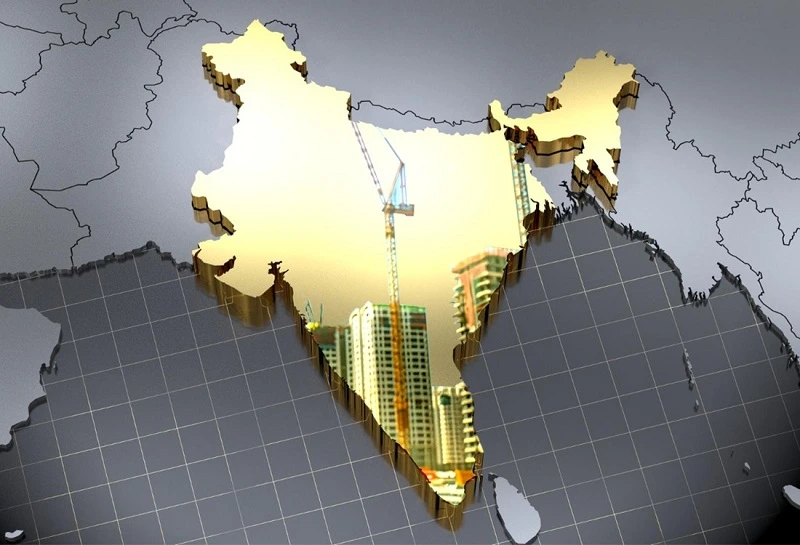With the swelling speed of the infrastructure, India is on the cusp of a remarkable transition. To improve quality of life and enhance connectivity, the Government is working on policy reforms and enabling construction industry for unprecedented growth.
Let’s witness the 5 megaprojects that exemplify India’s commitment to the nation’s growth.
- World-class Dimension Airports
The aviation industry is set to expand with its largest project close to Delhi- Noida International Airport, aka Jewar Airport in Uttar Pradesh. This is one of the biggest in Asia and is scheduled to open in April 2025. The aim of developing huge connectivity was to stimulate economic activity and be India’s first zero-emission airport.


- Delhi- Mumbai Expressway
An 8-lane expressway with a 1,386 km run is under construction to bridge the gap of long travel between the two metro cities – Delhi and Mumbai. At the end of 2025, commuters will witness exclusive features like solar-powered lights, and wildlife crossings with a broader shift to corridor-based development. This expressway will improve logistics efficiency.
- Chenab Bridge
The crown of India is coming up with the world’s highest railway bridge at 359 meters- The Chenab Bridge. A true engineering concept that connects remote regions to the Jammu & Kashmir valley for better tourism. This bridge will give a better life to the people of Kashmir boosting the industrial and agricultural sectors.


- Mumbai- Ahmedabad Bullet Train
From 7 hours of travel to just a 2-hour rail journey, the bullet train from Mumbai to Ahmedabad is all set to run this year. A much-hyped project will become a mode of operation developed with Japanese Shinkansen technology to give a revolutionary change to the rail industry.
- Hyderabad City Innovative and Transformative Infrastructure (H-CITI) Programme
With a large pool of skilled professionals, the city is home to many multinational companies. To reduce traffic congestion and improve mobility, the H-CITI program has been implemented by the Hyderabad government investing 7,000 crore. This H-CITI includes waste management systems, smart street lights, and better traffic management systems.

What makes these groundbreaking megaprojects convert into successful completion?
Cutting-edge construction technologies like precast and D-wall adoption are the key to delivering timely executions of these huge ventures.
Adopting to New-Edge Technologies
What happens to these projects if they are not backed by advanced technologies? Well, investing huge amounts and aiming to revolutionize the nation, these top-class projects are backed by technologies that are used for deep basement construction.
The use of D-wall technology offers space efficiency and minimal ground settlement. With such ideas, lies projects like the Jewar International Airport. While precast technology is the new trend of today’s construction offering faster solutions, it helps to redefine the construction industry. For projects like the fastest bullet trains precast components are created off-site and brought on-site to save time. With rendering great quality, governments are promoting these technologies ensuring a brighter future.
Conclusion- Transforming India’s Future
The tale of India’s infrastructure revolution is one of aspiration and creativity. 2025 is a historic year for the country, thanks to the engineering wonder of the Chenab Bridge and the lightning-fast bullet train. These initiatives show what can be achieved when cutting-edge technology and creative planning come together.
India is establishing international standards for infrastructure thanks to methods like D-walls and precast construction that promote durability, sustainability, and efficiency. Continued advancement is anticipated along the way, driven by a dedication to innovation and a common goal of creating a more powerful and interconnected India.
